James Webb Telescope just got lucky! All it took, was a star that blinked
NASA's James Webb Space Telescope had some luck as it has discovered water ice in the rings of Chariklo.

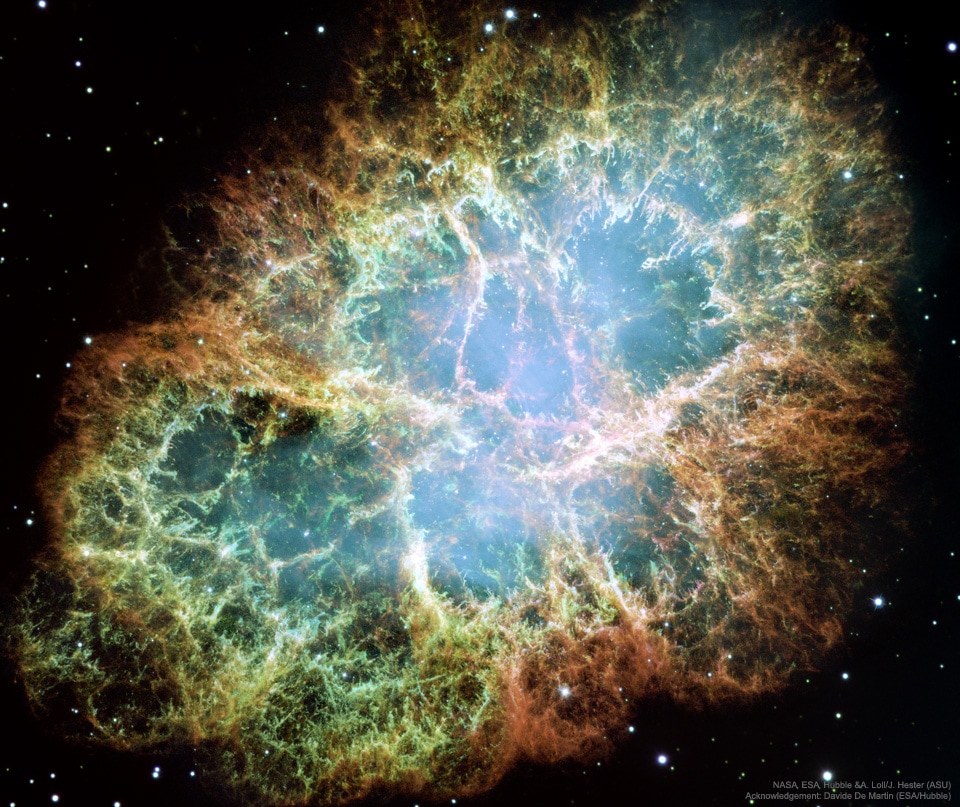
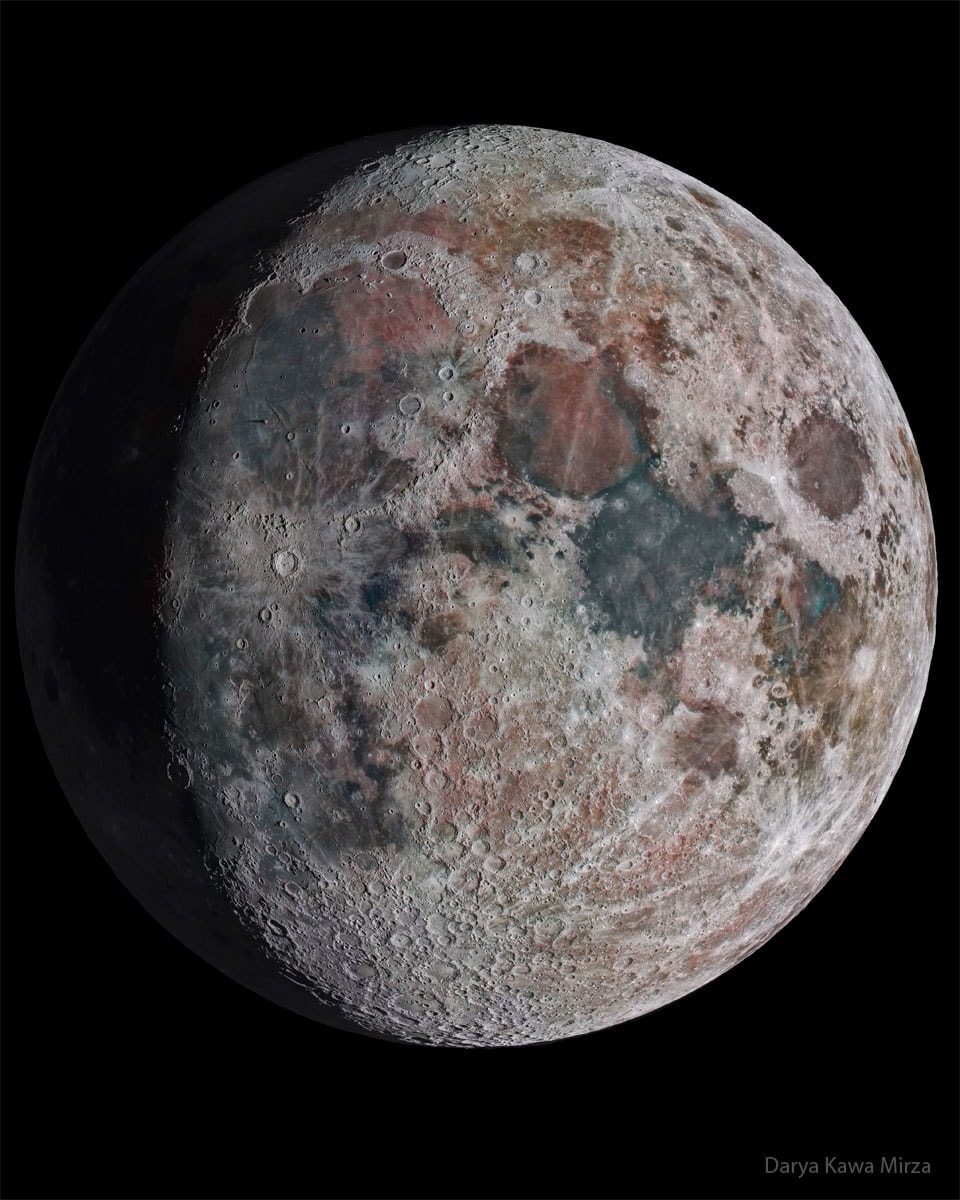
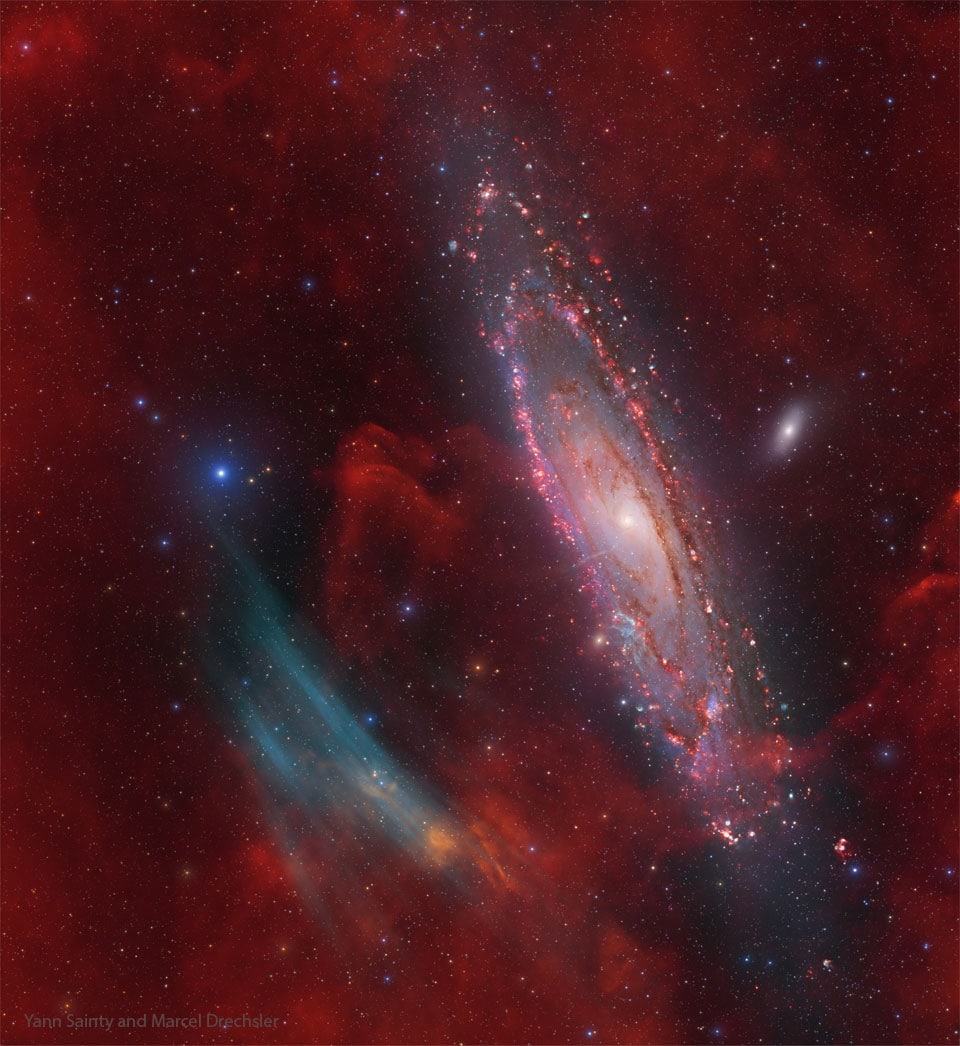
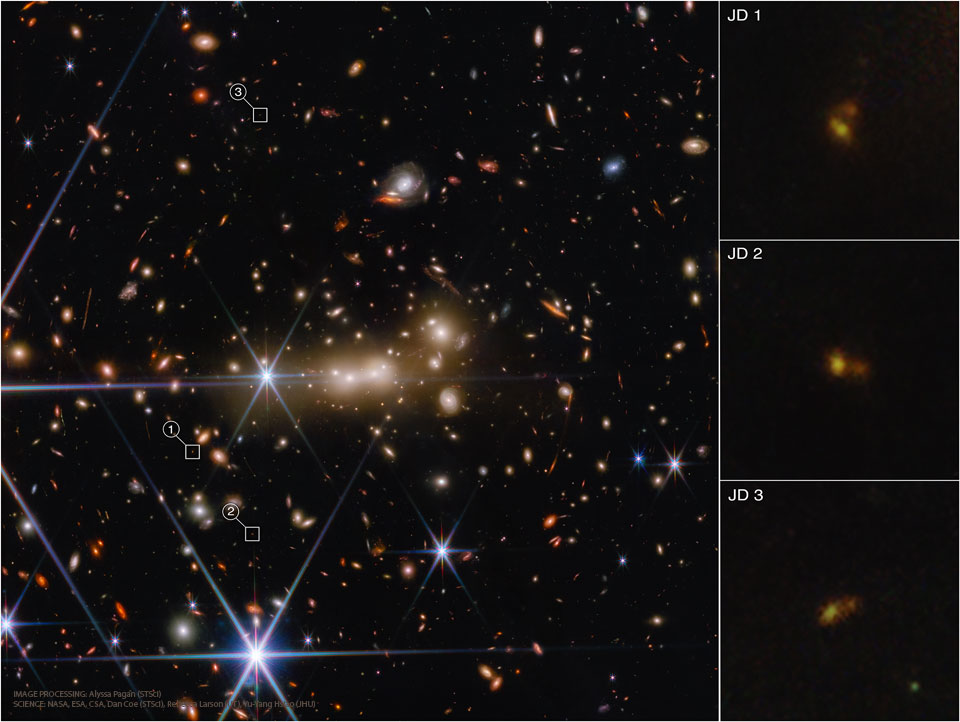
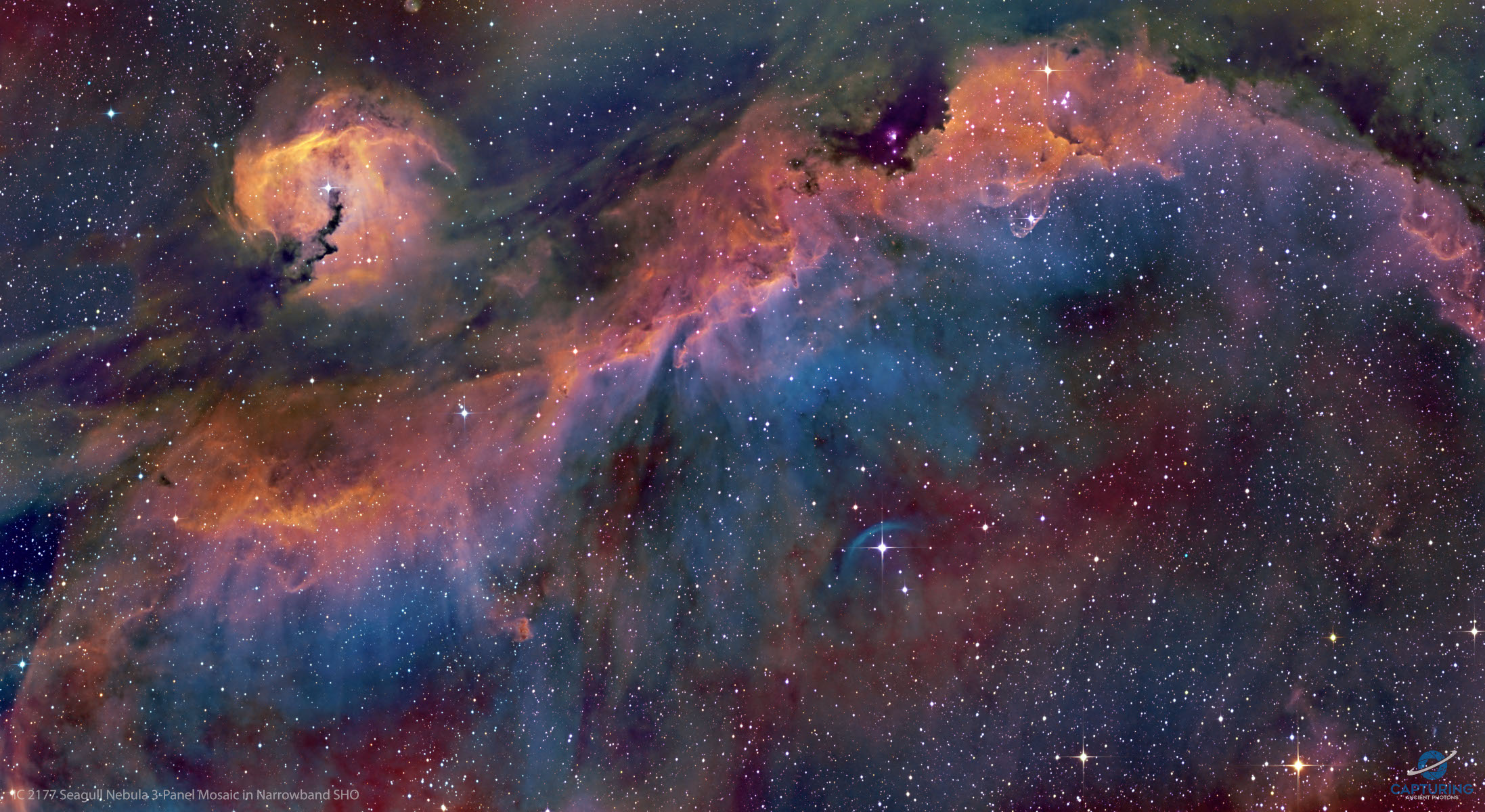
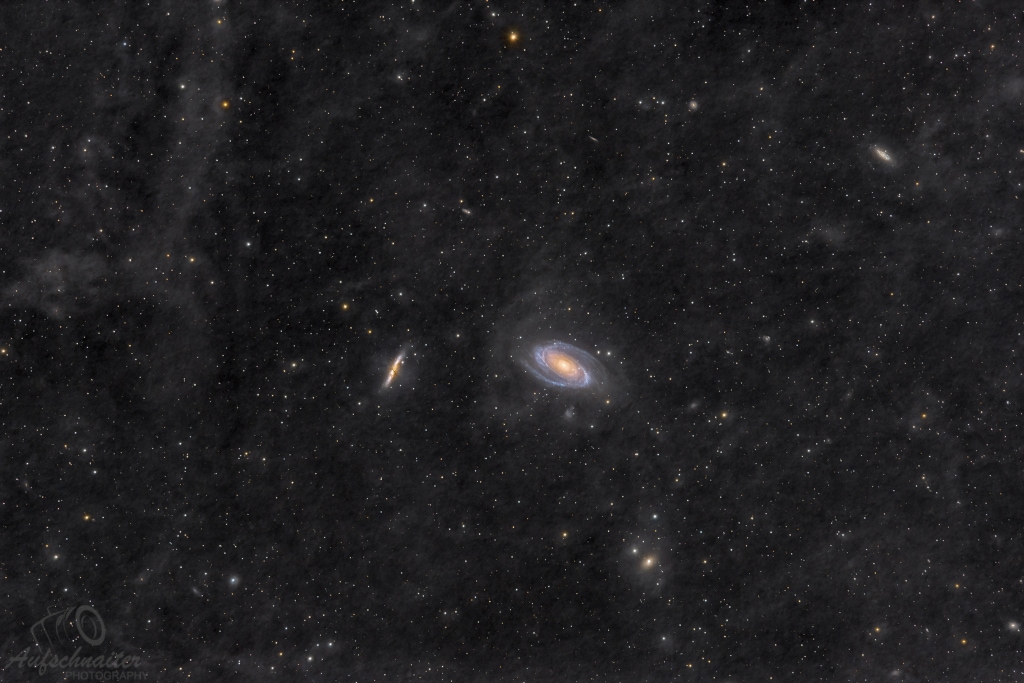
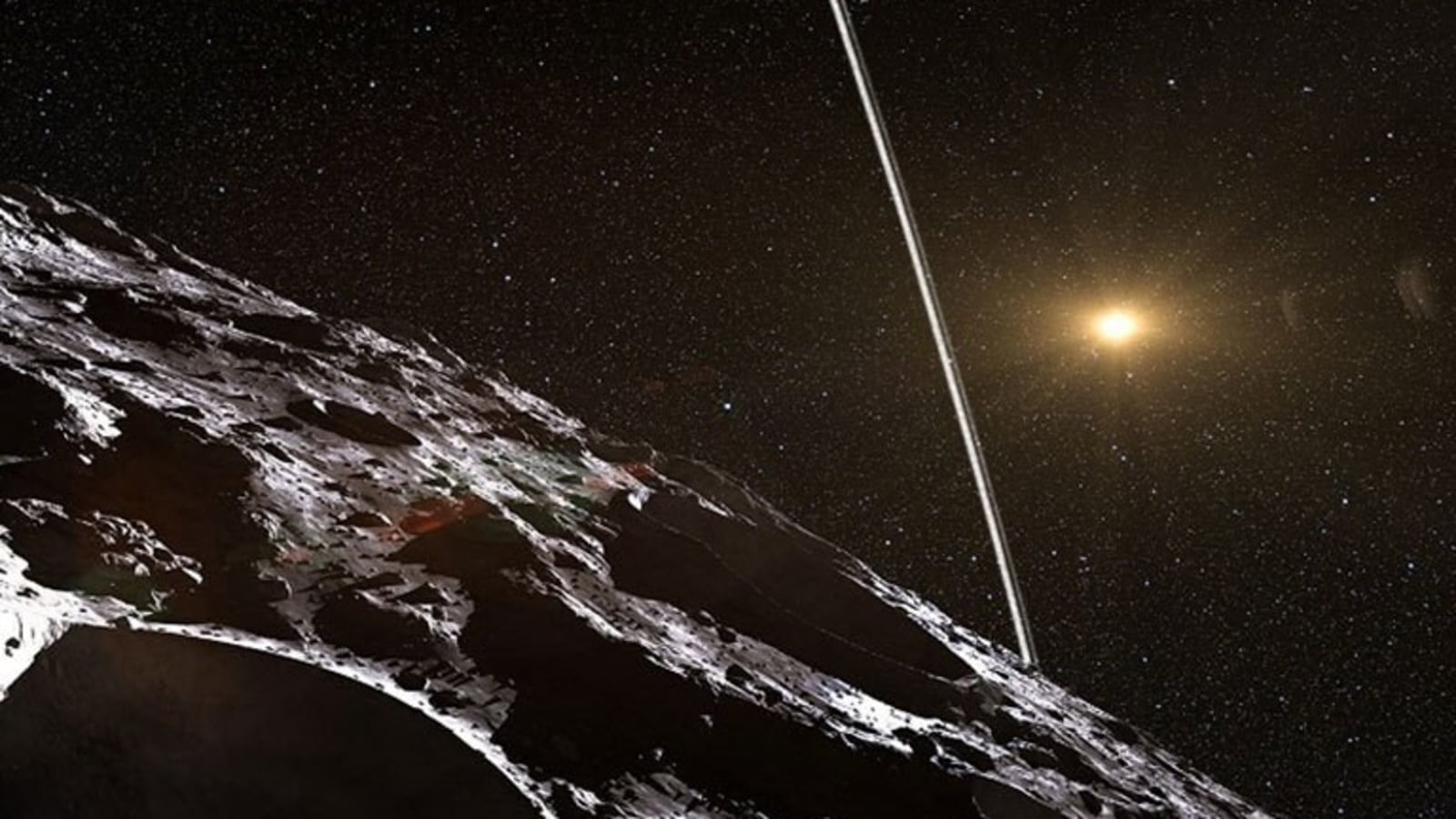
 View all Images
View all ImagesMost discoveries have been made with a bit of luck by people who tried very hard. Well, NASA's James Webb Space Telescope too has had some luck as it has discovered water ice in the rings of Chariklo. "By remarkable good luck, we discovered that Chariklo was on track for just such an occultation event in October 2022. This was the first stellar occultation attempted with Webb. A lot of hard work went into identifying and refining the predictions for this unusual event," NASA said in a report.
Notably, in 2013, Felipe Braga-Ribas and others, using ground-based telescopes, discovered that Chariklo hosts a system of two thin rings. Such rings had been expected only around large planets such as Jupiter and Neptune. "The astronomers had been watching a star as Chariklo passed in front of it, blocking the starlight as they had predicted. Astronomers call this phenomenon an occultation. To their surprise, the star blinked off and on again twice before disappearing behind Chariklo, and double-blinked again after the star reemerged. The blinking was caused by two thin rings – the first rings ever detected around a small solar system object," the research organisation explained.
Chariklo is an icy, small body, but the largest of the known Centaur population, located more than 2 billion miles away beyond the orbit of Saturn. Chariklo is only 160 miles (250 kilometers) or ~51 times smaller than Earth in diameter, and its rings orbit at a distance of about 250 miles (400 kilometers) from the center of the body.
On October 18, Webb's Near-Infrared Camera (NIRCam) instrument was used to closely monitor the star Gaia DR3 6873519665992128512, and watch for the tell-tale dips in brightness indicating an occultation had taken place. The shadows produced by Chariklo's rings were clearly detected, demonstrating a new way of using Webb to explore solar system objects.
The star shadow due to Chariklo itself tracked just out of Webb's view. The Webb occultation light curve, a graph of an object's brightness over time, revealed that the observations were successful! The rings were captured exactly as predicted. The occultation light curves will yield interesting new science for Chariklo's rings.
The rings are probably composed of small particles of water ice mixed with dark material, debris from an icy body that collided with Chariklo in the past. Chariklo is too small and too far away for even Webb to directly image the rings separated from the main body, so occultations are the only tool to characterize the rings by themselves.
Shortly after the occultation, Webb targeted Chariklo again, this time to collect observations of the sunlight reflected by Chariklo and its rings (GTO Program 1272). The spectrum of the system shows three absorption bands of water ice in the Chariklo system.
Noemi Pinilla-Alonso, who led Webb's spectroscopic observations of Chariklo, explained: “Spectra from ground-based telescopes had hinted at this ice (Duffard et al. 2014), but the exquisite quality of the Webb spectrum revealed the clear signature of crystalline ice for the first time.”
Catch all the Latest Tech News, Mobile News, Laptop News, Gaming news, Wearables News , How To News, also keep up with us on Whatsapp channel,Twitter, Facebook, Google News, and Instagram. For our latest videos, subscribe to our YouTube channel.





























